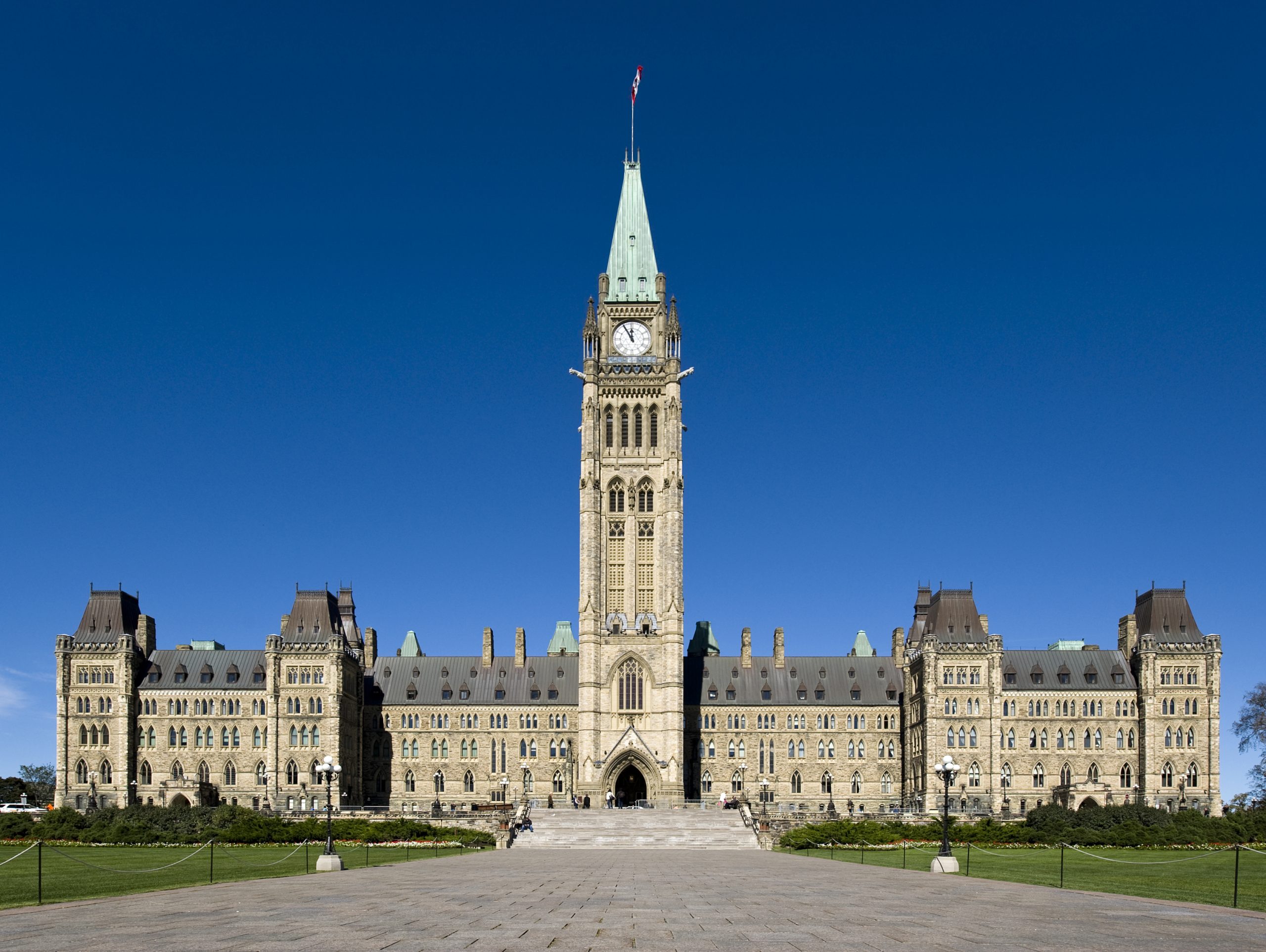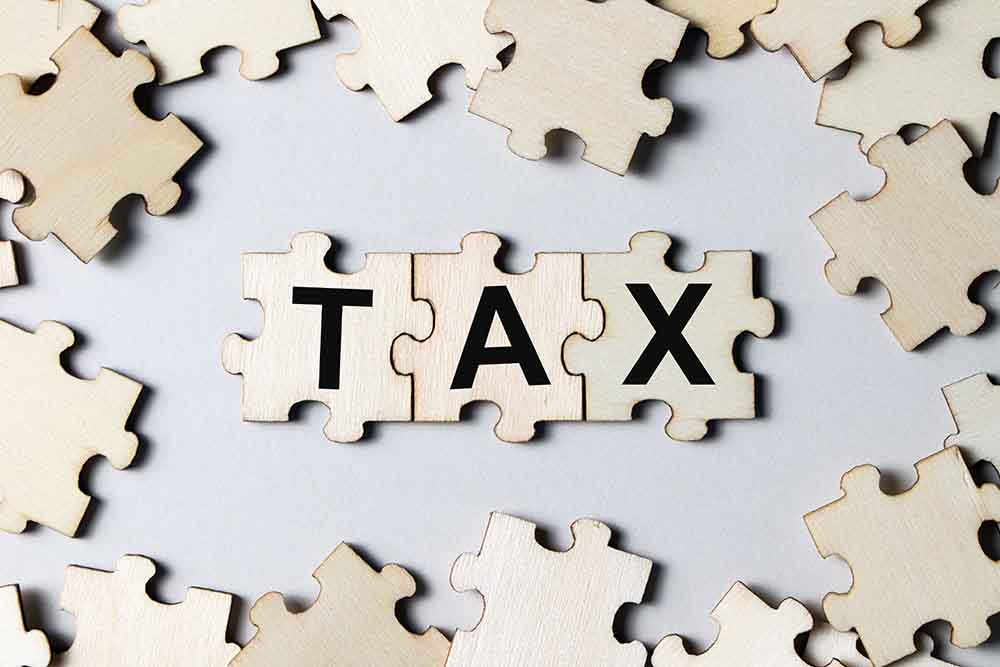
The 2003 Tax Load Index offers a simple measure of tax competitiveness across western Canada and adjacent jurisdictions, including Ontario and two American states, North Dakota and Minnesota. It sums up a jurisdiction’s key tax rates – the top provincial marginal rates (including surcharges) on personal and corporate income, as well as payroll, capital, and sales taxes – to present a picture of the total tax burden, and to benchmark them against our neighbours’ tax load. The index excludes federal taxes since they are the same in all provinces. For simplicity’s sake, minor variations in how tax bases are calculated have been ignored. Alberta charges health premiums and has unsubsidized power and car insurance industries, but these are ignored in this index. The maximum capital tax rate used is again the highest rate used, namely the one imposed on financial institutions. These taxes, viewed by economists as among the most damaging form of taxation, are lower on other forms of capital.
 |
- The index shows little movement since 2002, with taxes falling only slightly in the three prairie provinces. Ontario and B.C. have announced further cuts to corporate and business taxes, but they are excluded since they take effect in 2004.
- Alberta reduced its load by twice as much as Saskatchewan and Manitoba. It cut both its corporate and small business tax rate by a half percent each and thereby reduced its tax load by a full point to 26.5%. It has the country’s lowest business and personal taxes and no sales and payroll tax.
- Both American states on the chart have a lower tax load than Alberta. Minnesota is considered to be a “higher tax” state in the U.S., North Dakota a “lower tax” one.
- While retaining its position as the least competitive tax jurisdiction, Manitoba lowered its corporate rate by a half point to 16.0%, making its tax load 50.6%. Saskatchewan reduced its tax load to 47.3% by cutting its small business tax by 0.5%. Both provinces remain well above Alberta’s score on this index.
- The 2003 Manitoba budget made slight reductions to middle personal income tax rates. These reductions do not appear in this index since it measures top marginal rates, the ones most critical to high earners who pay the majority of taxes. These remain the second highest on the chart and a whopping 74% higher than Alberta’s. Manitoba also remains the only prairie province to levy a payroll tax.
- This chart helps explain why Alberta is rapidly out-growing its prairie neighbours. Lower taxes draw in investment and jobs, including high-income ones that yield high revenue despite low rates.
- The widening tax gap underlies Manitoba’s relative lack of growth and its chronic dependency on outside transfers like equalization. Manitoba has the lowest accumulated per capita new capital investment in western Canada, only 40% of Alberta’s. This means lower income growth, a continuing loss of the high income tax base and eventually less tax revenue.
- Manitoba remains in a low-growth policy framework with extremely uncompetitive tax rates. To stimulate its economy, it needs to bring its personal income tax rates in line with its neighbours, particularly since 6% of the population pays over 33% of taxes.
- Reductions in top rates can be funded initially by efficiencies available from more modern policy models. Experience shows that lower marginal rates accelerate growth, expanding the tax base and ultimately increasing revenues.
|
SOURCES: 2003 provincial and state budget documents, Canadian Taxpayers Federation
Read in PDF format here.





